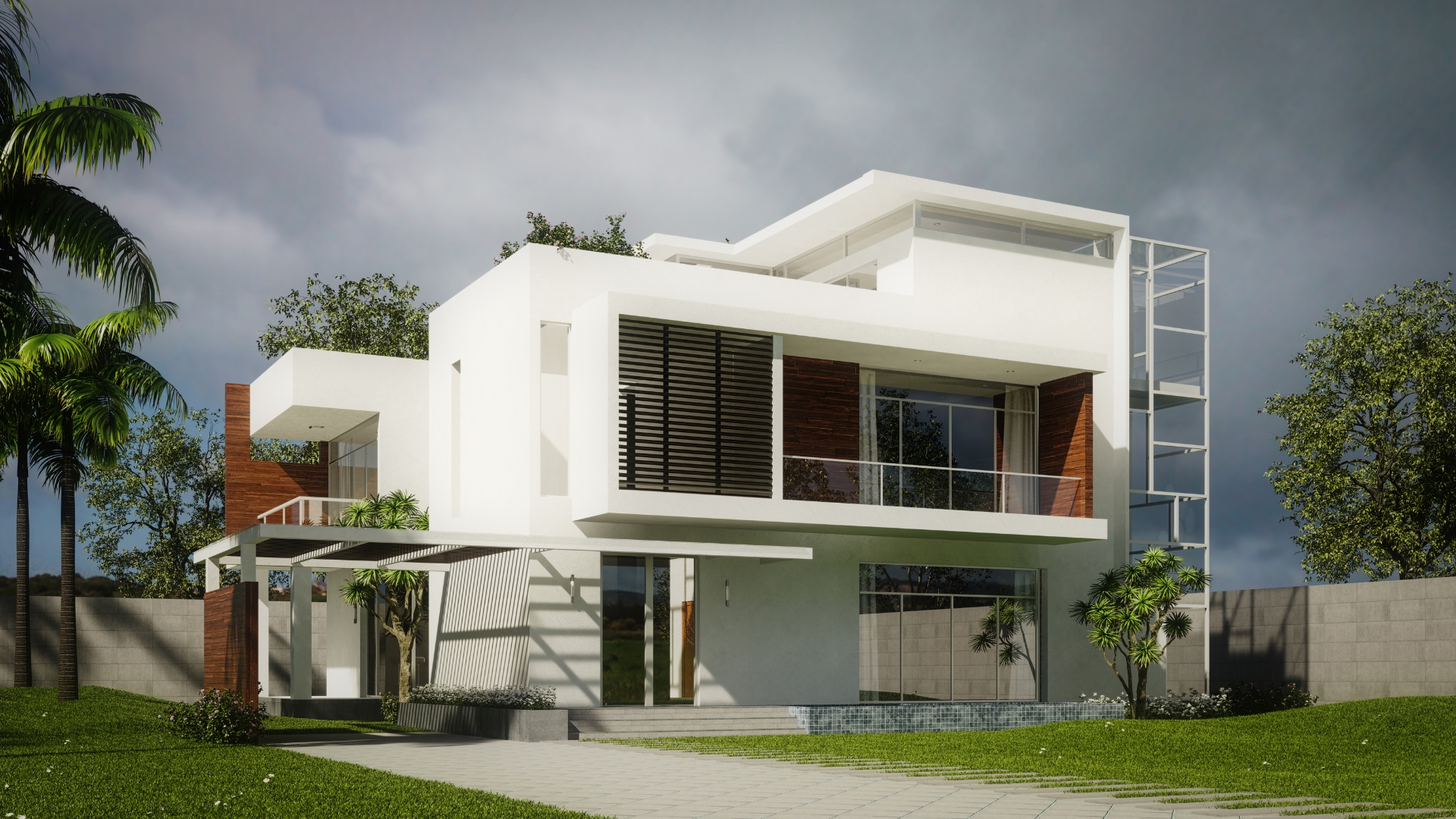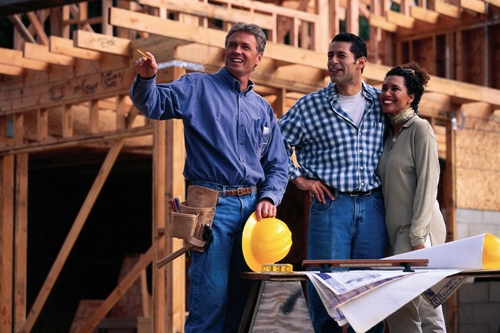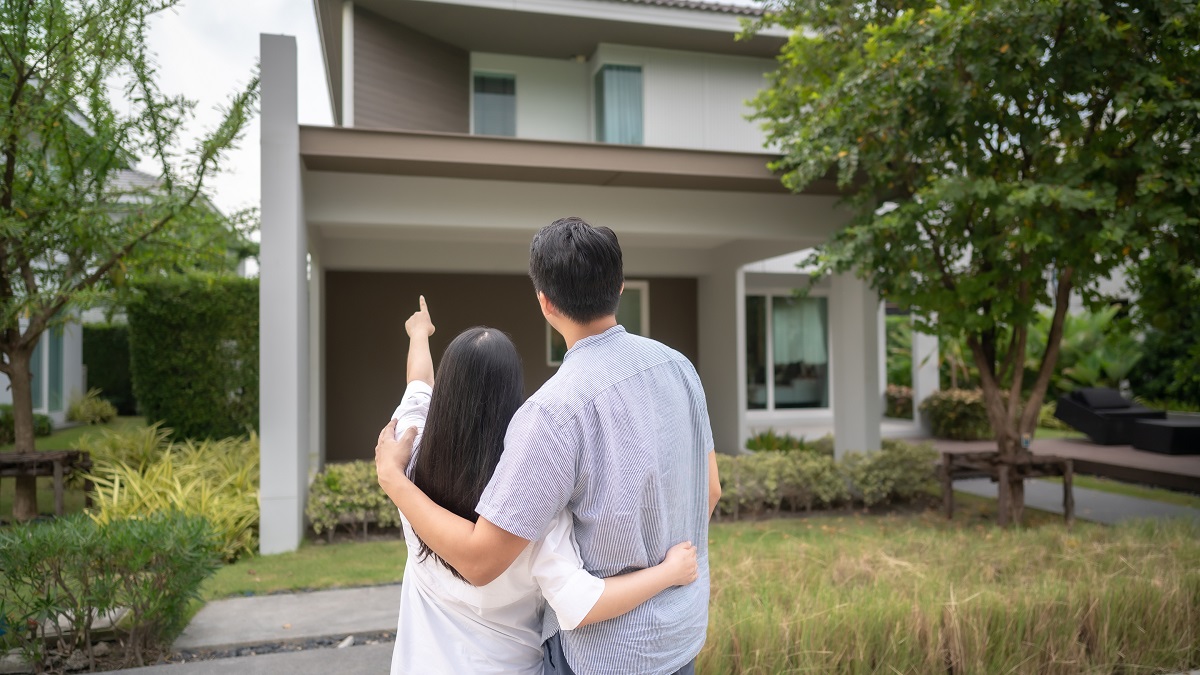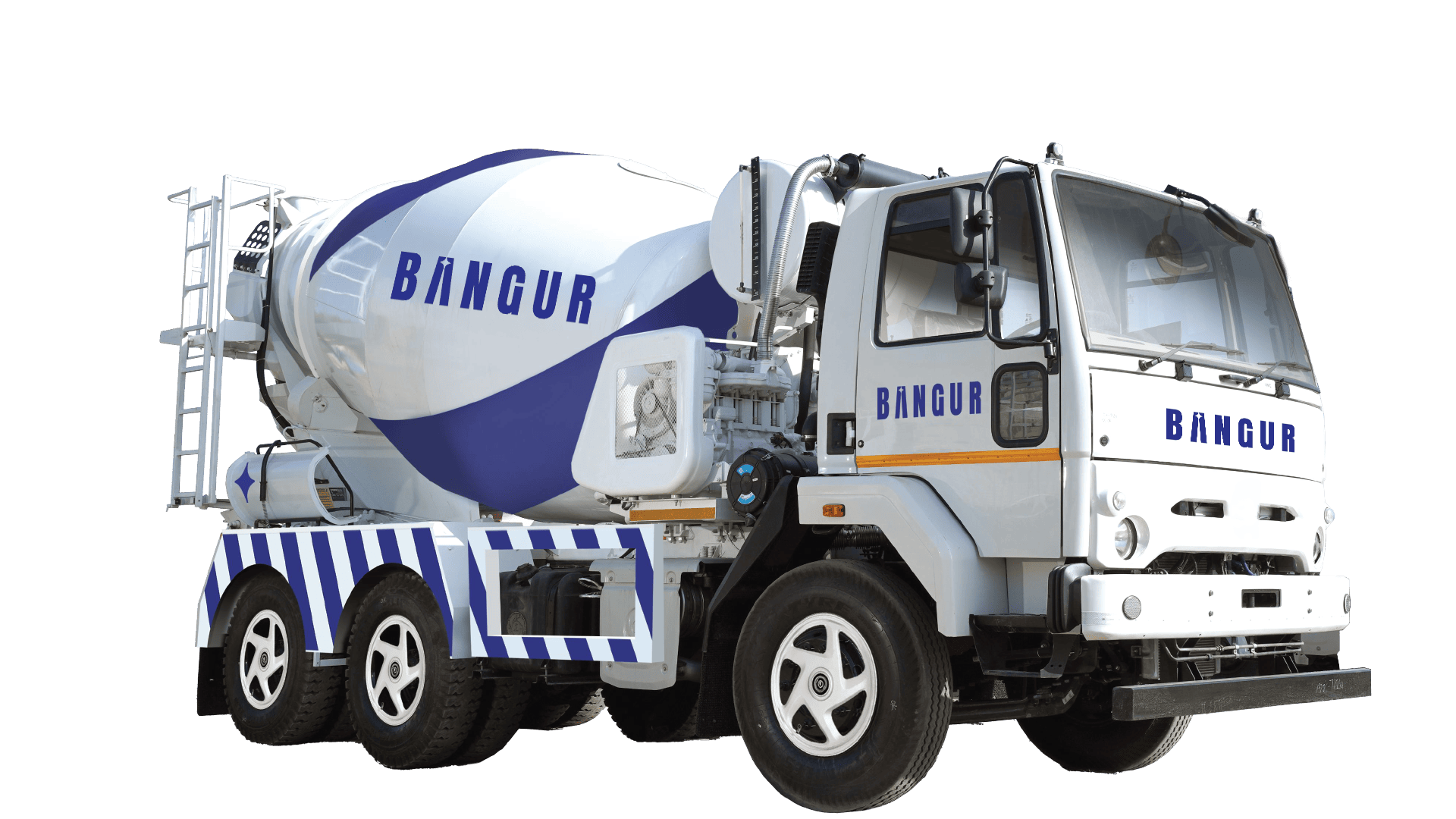
Sustainable Building Practices
- Sep 28
- 4 min read
Sustainable building practices have become essential in modern construction as the industry seeks to find effective and lasting solutions to its impacts on climate change and environmental pollution. Sustainable practices aim to reduce the effects of building construction on the environment, increase the efficiency of buildings, and improve the quality of life for dwellers.
Here, we look at some major elements of green building practices, such as the use of environmentally responsible materials, energy conservation, and creative design solutions for sustainability.
Adopting eco-friendly building materials
Embracing the use of green building materials is key to sustainable construction practices. Sustainable materials can be recycled or reused and do not harm the environment.
1. Bamboo for building
Bamboo is one of the best examples of a green material that is gradually finding its way into mainstream construction practices. It has an impressively high strength-to-weight ratio. It is highly sustainable too, since it grows 15 times faster than any regular timber. This makes it highly suitable for use in construction.
2.Recycled steel
Another innovative building material is recycled steel. It lowers waste production by drastically reducing the use of virgin steel. Recycled steel can be used in the framing and foundation of buildings, as the strength of steel ensures the longevity of the structures.
3.Green Cement for construction
Green cement is a valuable component in sustainable construction practices due to its reduced environmental footprint. It uses materials like fly ash, slag, and other industrial waste products in the production process, aiming to reduce the amount of carbon emitted into the atmosphere.
Energy-efficient systems
Sustainability in building construction cannot be achieved without energy conservation. The goal here is to minimize the energy consumption of a building in order to reduce its operating costs and environmental impact.
1. Solar panels for buildings
Solar panels turn sunlight into electricity, utilizing the most abundant source of renewable energy to light up commercial or residential buildings. They are also the most economical source of renewable power as they convert sunlight into energy at an unprecedented speed.
2.HVAC systems
Energy-efficient systems such as HVAC are also crucial in the conservation of energy. These systems are developed to consume as little power as possible while offering the best in terms of heating and cooling.
3.Rainwater harvesting systems
Another proven concept for building a home with sustainability at its core is the rainwater harvesting system. Rainwater harvesting involves the collection and storage of rainwater for use in such areas as watering plants, washing and even drinking. Besides saving water, this practice also helps in managing the pressure on the municipal water supply systems.
Innovative design solutions
Sustainable building practices also involve the use of design solutions that are efficient and minimize the use of energy in a building.
1.Passive design measures for homes
Passive design measures are the most basic principles of green design. These strategies aim to ensure that natural lighting and air are used as much as possible, to minimize artificial lighting and air conditioning. Some of these include large window openings, strategically placed light wells, and thermal mass materials that ensure that indoor temperatures are regulated to lower energy consumption.
2.Green roofs and living walls
Green roofs and living walls are becoming more and more common in the urban setting. Sustainable roofs include growing vegetation on roofs; this can enhance heat resistance, minimize heat island impact, and control stormwater drainage.
Sustainable building practices in the modern construction industry encompass solutions that are technologically advanced as well as inspired by ancient wisdom. While the use of bamboo in modern buildings is relatively recent, extensive research is being done on finding ways to mould it into desired shapes and sizes. On the other hand, methods such as rainwater harvesting and passive designs have been used by humans to design smart and sustainable architecture for centuries. Sustainable practices are surely on the path towards a greener future.
Trending




